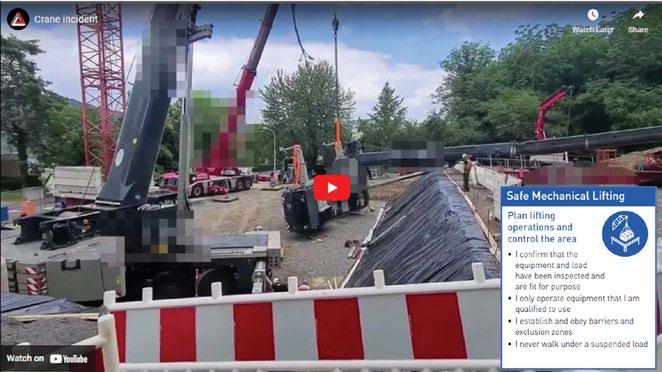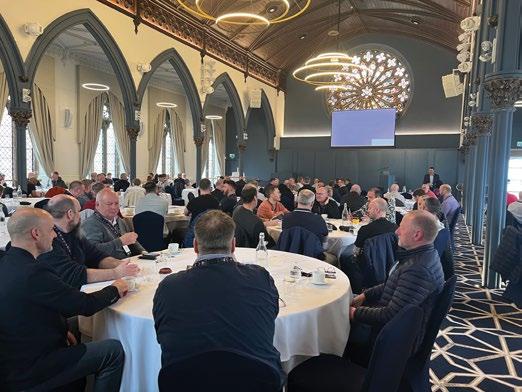
2 minute read
A DAY IN THE LIFE
Recently I had the opportunity to assist on a J-Tube install on the Judy in the role of a rope access supervisor – an invaluable opportunity to both meet the people in our team and work to my own procedures. The questions for me were, could I remember how to be a good supervisor? Were my procedures any good? and could I cope with 3 weeks offshore?
Whereas in the past I’ve been a little nervous about fitting in offshore, I’ve been fortunate enough to have a few short trips on the Judy over the last year which meant that this time I was reacquainting with friendships I’d already made. In fact I even earned a nickname – Doc (apparently due to the fact that my hairstyle has a striking resemblance to Christopher Lloyd in Back to the Future!) – and surely a nickname shows that you’re one of the team!?
So what does a day look like for a Rope Access Manager trying to remember how to be a supervisor while also learning about offshore life? It starts early and the first challenge of the day is resisting eating too much for breakfast. Thankfully the 9am bacon roll makes this possible.
The morning meeting allocates the work teams and the tasks for the day. On this trip we were using rigging underdeck but with lots of other trades working in the area or assisting us with the task, the management team offshore had their work cut out keeping everyone active and informed.
With the worksite and team assigned permits, planning is one of the key facets of a rope access supervisors duty. Rope access is a proven and established safe method of work, but this is exclusively down to the vigilance and planning that all the teams working with the technique apply.
I’d discuss the work with the team and anyone that had worked in the area before to help make sure that every detail is covered in the work plan and equally important, the rescue plan. The rope access team has to be completely self-sufficient in this crucial aspect. This all then gets discussed in-depth at the toolbox talk on site to make sure that the whole team knows their duties and can spot any changes that might need the job stopped.
If I’ve done my job well then at the work site we go through the motions of the plan. I can’t help myself but make adjustments to people’s harnesses and gear – the hands on nature has been developed from parenting 4 children, which in no way reflects the calibre of the people I work with!
Most of the time on site is spent watching and checking. We had a few guys doing rope access work for their first time and their confidence comes a lot from the Level 3s spending time with them explaining the set-up and monitoring their actions closely.
With days spent underdeck in the wind and shade the meals were what I found to be the mainstay of my spirits while on the platform – the discussion of cake and pudding choices taking up a disproportionate amount of our conversation!
I would encourage any who gets the opportunity to visit the jobs that so many of us are involved in planning. Gaining an insight into the offshore way of life is so important so that we can empathise with the guys and girls that we are asking to undertake these difficult jobs. And more than that, no one quite tells a story like a Glasweigan scaffolder in a tea shack – a life experience everyone should gain!







